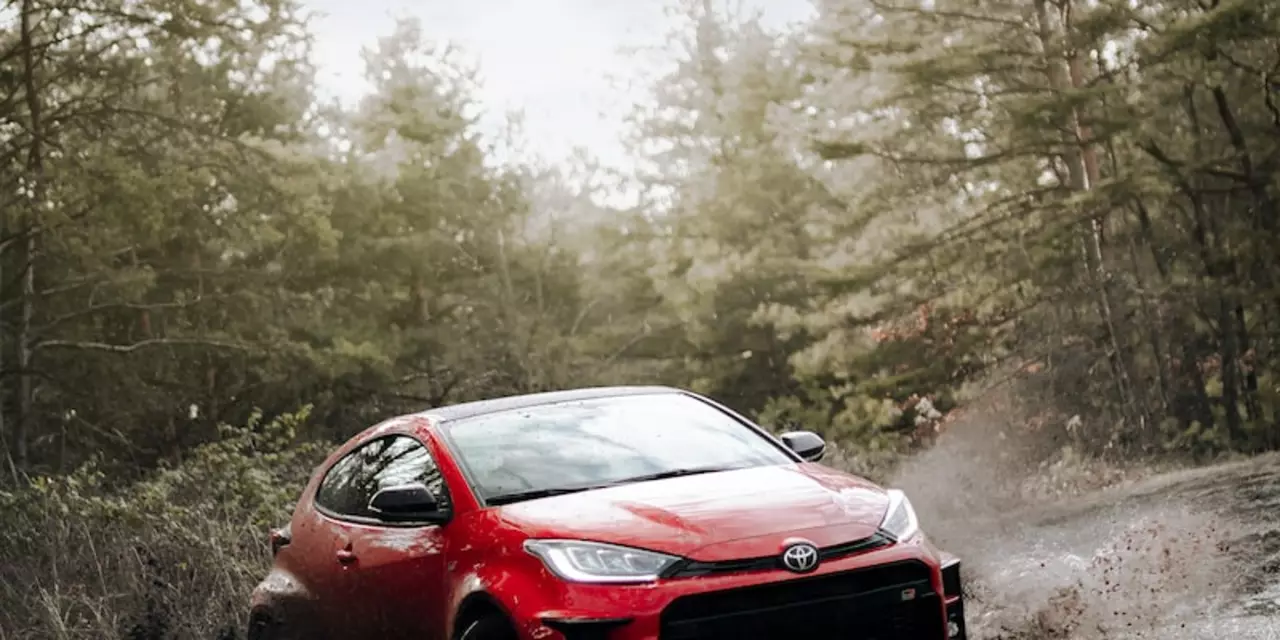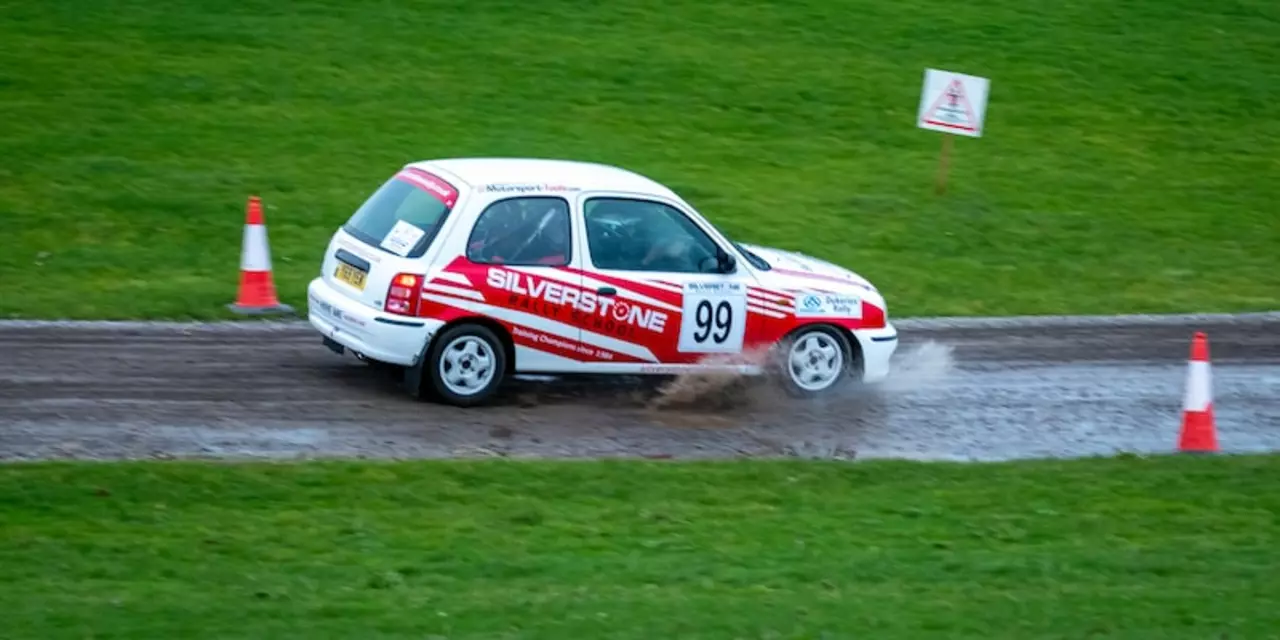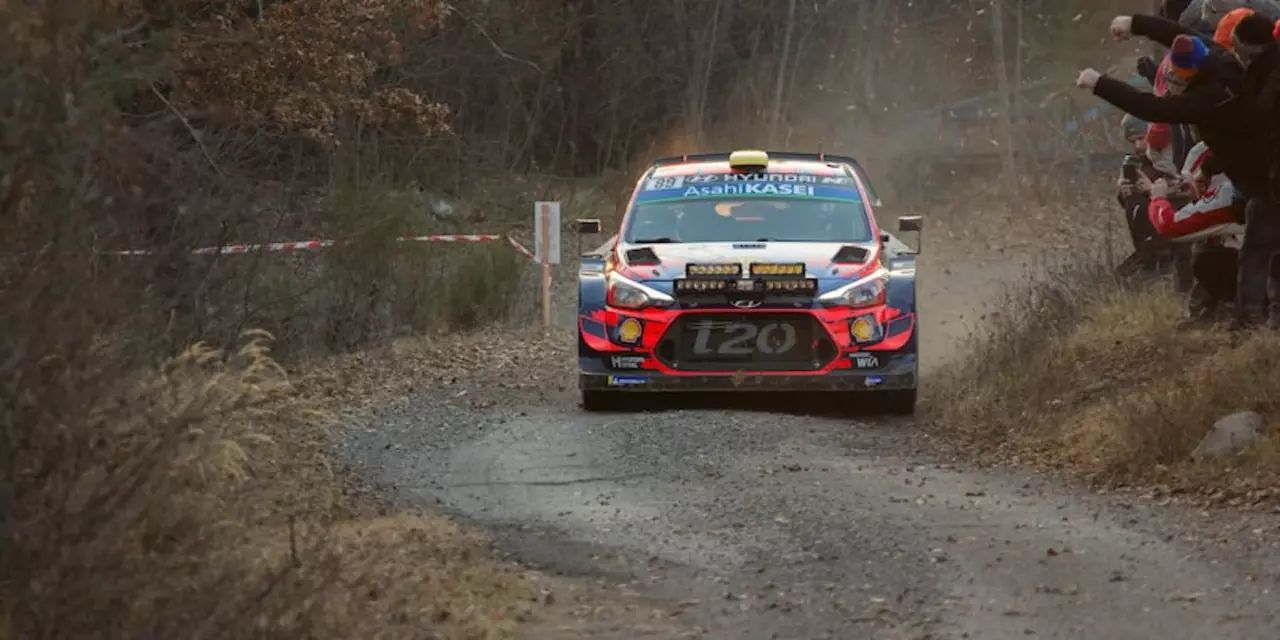- Feb, 13 2023
- 0 Comments
Why do rally cars mostly sound the same?
Rally cars have recognizable engine noises that are distinct from other types of racing vehicles. The sound of a rally car is largely due to the engine's turbocharger, which increases air flow and horsepower. The turbocharger is designed to reduce the amount of exhaust gases, producing a 'whistling' noise. Additionally, rally cars usually have small exhaust pipes, which also contribute to the engine sound. Lastly, many rally cars feature a 'blow off valve', which releases pressure and further contributes to the unique sound of a rally car.
- Feb, 7 2023
- 0 Comments
How do I start learning rally racing as a teen?
Rally racing is an exciting form of motorsport that can be learned by teens. To get started, it's important to invest in the right equipment, such as a safe rally car, helmet, and safety gear. Teens must also join a rally school to learn the basics of racing, as well as the safety rules and regulations that are required to participate in a race. Additionally, teens should find a mentor to help them learn the specific techniques and strategies needed to become a successful rally racer. Finally, teens should practice as much as possible to gain experience and improve their skills.
- Feb, 1 2023
- 0 Comments
Can you use a front wheel drive car for rally racing?
Rally racing is a sport that involves driving a car on off-road tracks and roads. Front wheel drive cars can be used for rally racing, although they are not as common as four-wheel drive cars. Front wheel drive cars are lighter and have better traction, which can make them faster on certain tracks. However, they can be harder to handle on rough terrain and require more skill from the driver. Keywords: Rally Racing, Front Wheel Drive, Four Wheel Drive, Traction, Handling.


